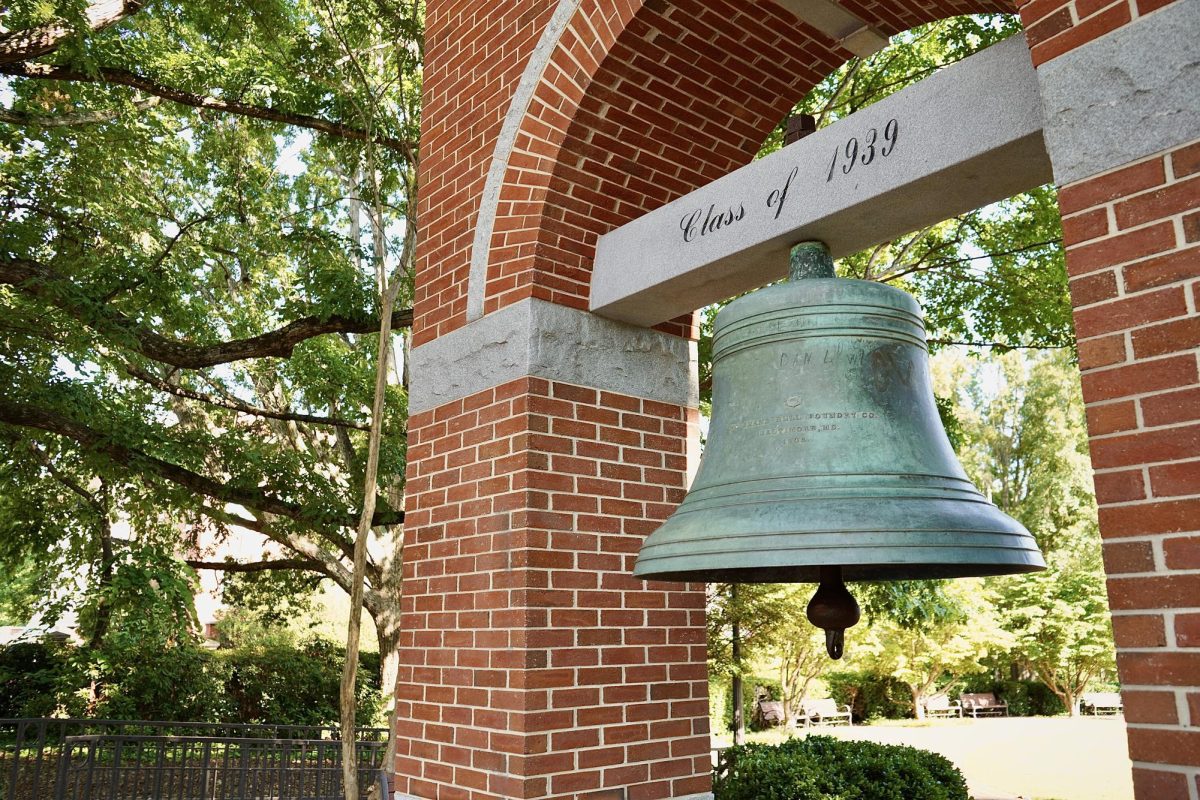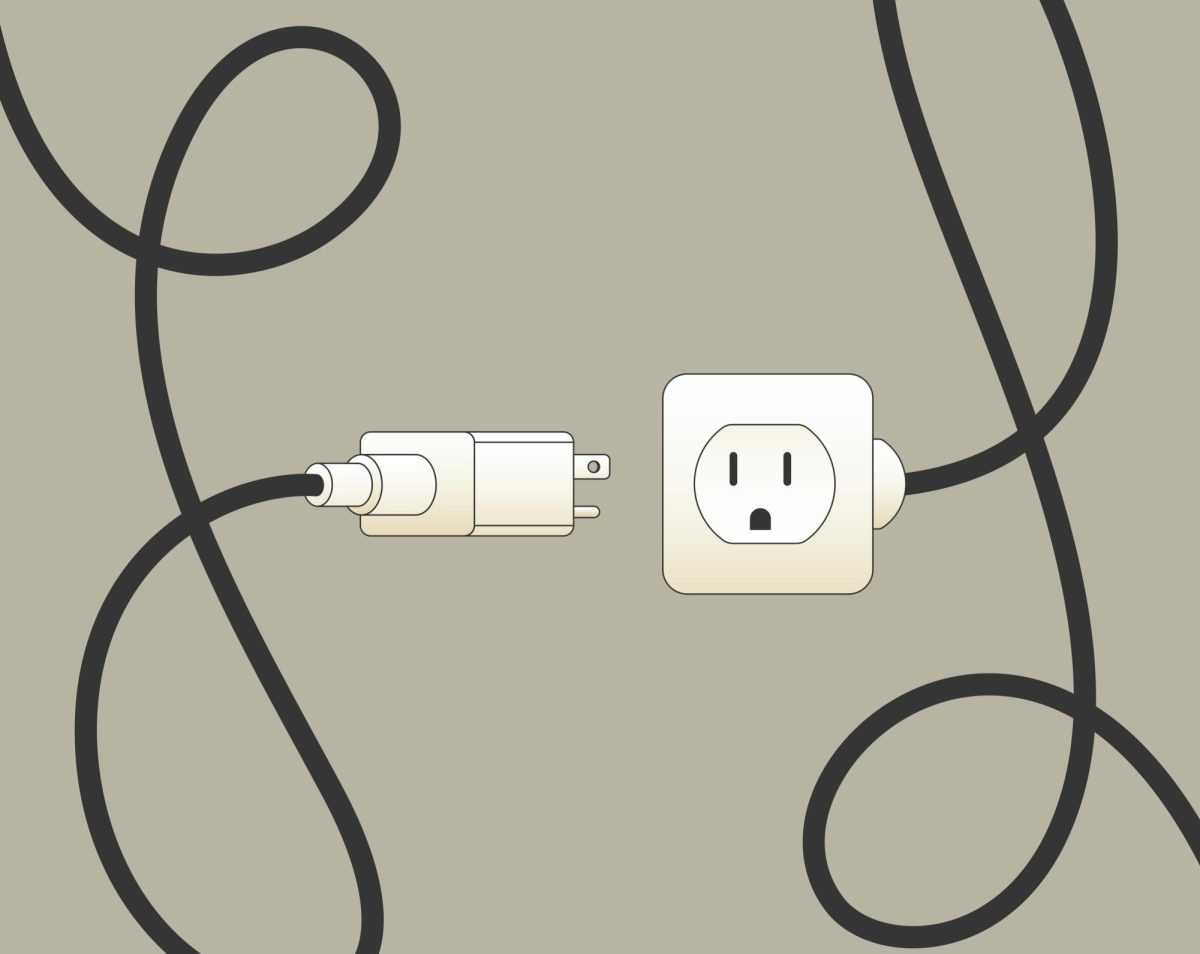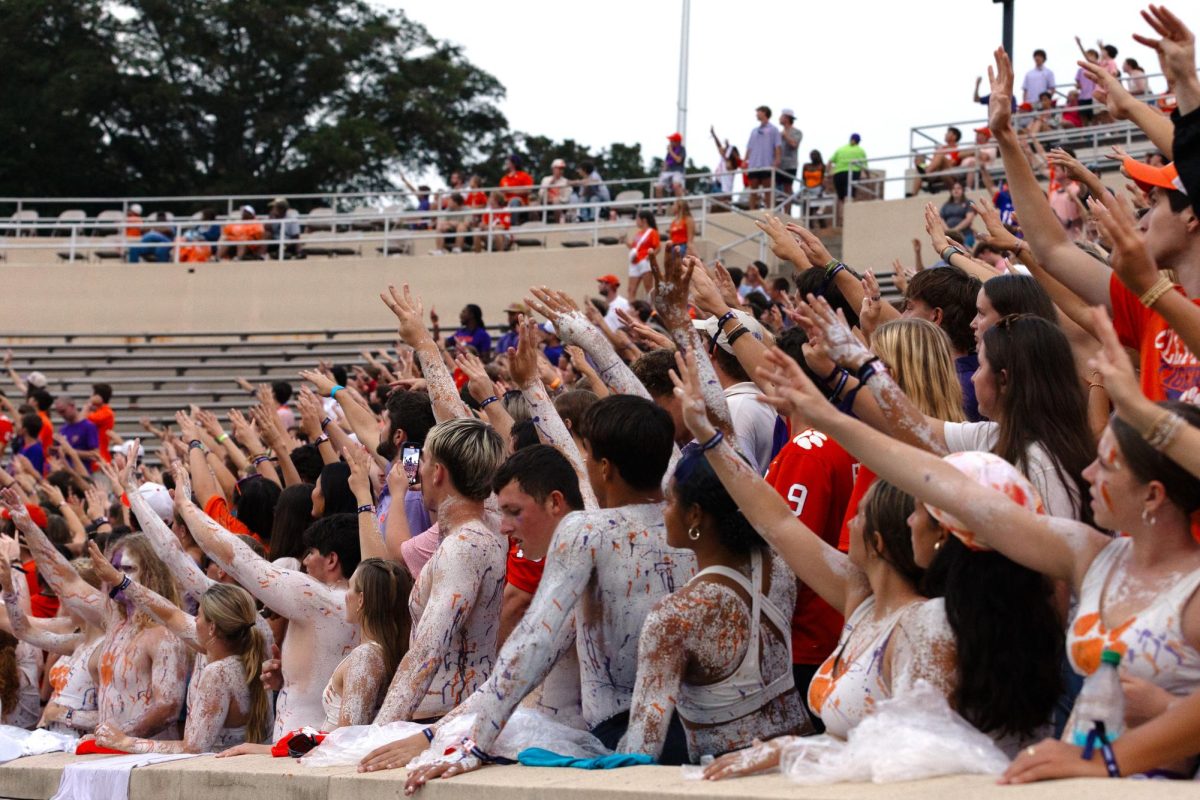For years, various media platforms have been producing content to cater to a broader range of audiences. The media creates content that consistently gains traction by revolving around college life, either satirical or an attempt at a realistic take. However, this portrayal of the college experience is harmful to college students because it is so far gone from reality, causing students to make poor choices, ultimately causing failing mental and physical health.
Movies such as “Legally Blonde,” “Pitch Perfect,” “Spring Breakers” and “22 Jump Street” continue to be produced, satirizing the college experience, exaggerating it to extreme forms and making the experiences students may or may not face each day the butt of the joke.
These movies and others alike idealize destructive behavior time and time again. Though the plots of these movies are obviously dramatized, straying from reality a considerable amount, it still seems to be the central narrative of college that the media portrays.
Even in long-running television shows like “Community,” “Greek” and “Grown-ish,” characters experience a hyper-exaggerated version of reality episode after episode, creating an accepted version of reality that is far from the truth.
In recent years, this false narrative has been significantly expanded upon through the growth of social media.
Most students tend to spend their few moments of free time on their phones, looking at social media. College students have been found to spend anywhere from seven to 10 hours on their cell phones daily, according to a study by the National Library of Medicine in 2014.
Since 2014, this number could only be expected to increase as social media platforms have become more prevalent, and technology has allowed for more capabilities in the past nine years.
Many influencers bring viewers along on unrealistic “day in the life” videos or “get ready with me” videos that outline elaborate plot lines of ever-exciting days in the life of a college student. Along with this, feeds are flooded with people enjoying night out after night out, yet somehow being up bright and early in the morning.
People often forget that this content is curated, like movies and television, to look ideal and bring viewers in, ultimately wanting them to see more. This does not conform to reality any more than satirical movies do, even if they appear more personable.
Though at first glance, it seems easy to know that these are not the reality of day-to-day life, the more the message is repeated and reinforced in students’ everyday media intake, the more likely it is to reinforce the behavior, whether purposeful or not.
Not only do those who mimic this behavior fall into harmful patterns, but also those who don’t are immediately met by expectations set by the allure of glamor.
For the students who come to college expecting the environment that has been portrayed to them their whole lives and do not meet this expectation, the reality can cause damage to already fragile mental health.
This gives people impossible expectations to achieve and is destined to cause letdowns and failures down the road in a time of change that is already difficult enough to go through.
People come into college with certain expectations and believe themselves to have the ability to juggle it all, but that is not the reality and not what is best for them or their mental or physical health.
Students may feel like they are falling behind or missing out; meanwhile, they are doing precisely what they are meant to be doing. There is no need to live up to the unrealistic expectations set by the media.
Many college students feel the need to repress these feelings because they do not see anyone else experiencing trouble and will inevitably turn to what they have been taught to think is the solution to their problems: partying and drinking.
“Students feel like they cannot ask for help because they risk ruining this ‘perfect college image’ that is displayed all over social media,” Jenna Bucher said in the Santa Clara University Scholar Commons.
She continued in her analysis to look at outlets that students tend to turn to in times of distress. A likely path for students is that of drugs or drinking, similar to how it is typically portrayed in the media’s vision of college. This, however, is not the picture-perfect outlet that it is painted out to be.
“On the surface, it may seem like a good idea to get high, to have fun, to relax, and to escape, but there are major consequences of consuming large amounts of alcohol. Like depression, alcohol and drug abuse is serious,” she explained.
This is not a new fad, and it is only increasing as people have more and more access to media formatting in their daily lives and are starting to be exposed to these images at younger ages.
Kylie Tutterrow is a sophomore political science major from Spartanburg, South Carolina. Kylie can be reached at [email protected].










